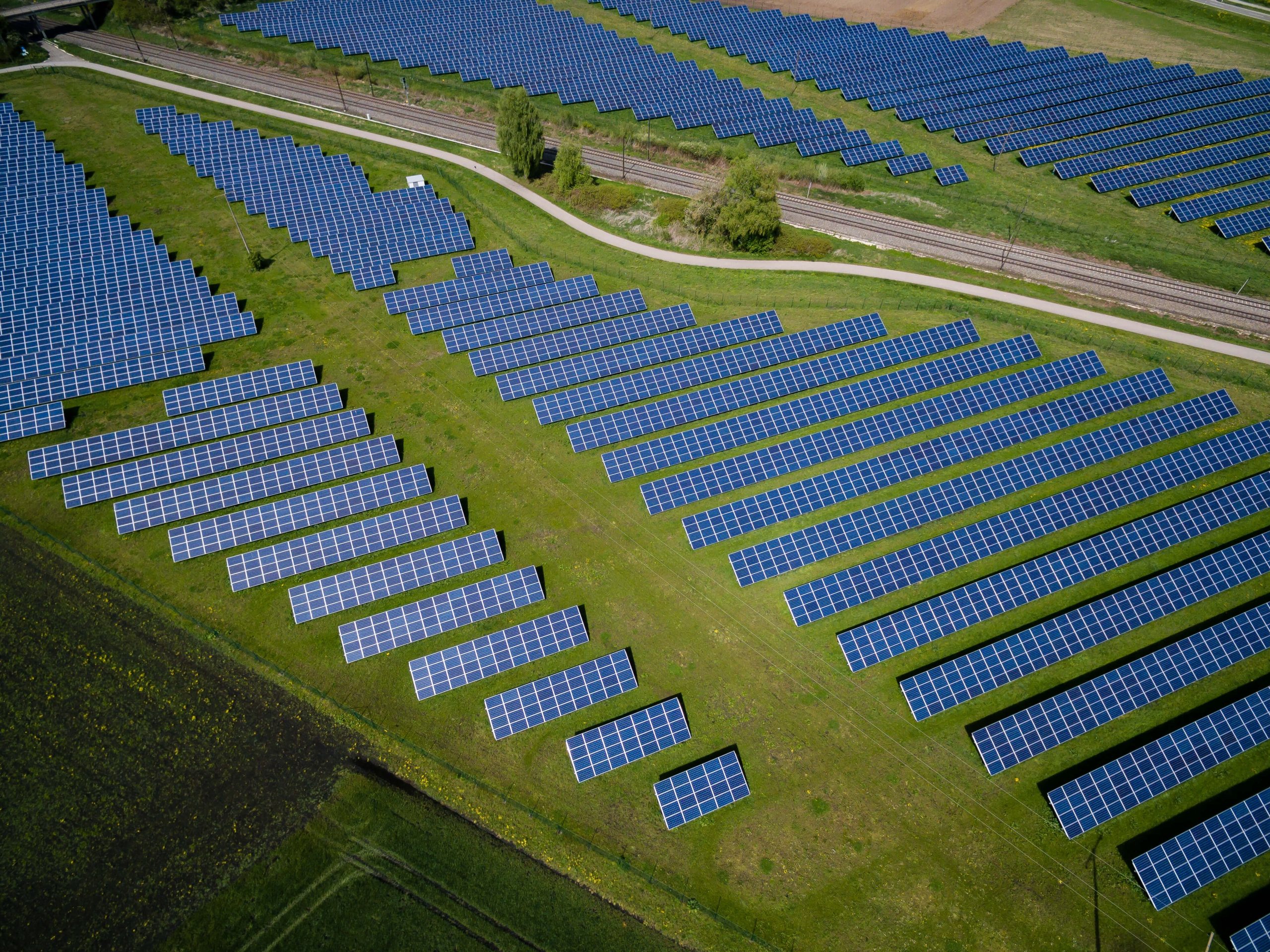Clean energy has been a hot topic in recent years as we seek to reduce our carbon footprint and combat climate change. While renewable sources like wind and solar have made great strides, they still face limitations in terms of their reliability and scalability. This has led scientists and engineers to look towards fusion power and advanced nuclear reactors as potential solutions.
Fusion power is the process by which two atomic nuclei are fused together to create a heavier nucleus, releasing vast amounts of energy in the process. This is the same process that powers the sun and other stars, but scientists have been working for decades to replicate it on Earth for use as a clean and nearly limitless source of energy. While the technical challenges have been daunting, recent breakthroughs in fusion research have sparked renewed interest and investment in the field.
One promising approach is the tokamak, a donut-shaped device that uses magnetic fields to contain and heat a plasma of hydrogen isotopes to the extreme temperatures and pressures needed for fusion. The International Thermonuclear Experimental Reactor (ITER) currently under construction in France is the world’s largest tokamak, and is expected to achieve its first plasma in 2025. The hope is that ITER will pave the way for commercial fusion power plants in the coming decades.
Advanced nuclear reactors, on the other hand, are a more incremental approach to clean energy that build on existing nuclear technology but with important improvements. These include greater efficiency, higher safety, and the ability to use nuclear waste as fuel. For example, small modular reactors (SMRs) are designed to be smaller and more flexible than traditional reactors, allowing them to be deployed in a wider variety of settings and potentially reducing costs.
In addition, some advanced reactors use different types of fuel, such as thorium or molten salt, which have certain advantages over traditional uranium-based fuels. For instance, thorium is more abundant and produces less nuclear waste, while molten salt reactors operate at higher temperatures and can be used for a variety of applications beyond electricity generation.
Despite the potential benefits, there are still challenges to be overcome in the development and deployment of fusion power and advanced nuclear reactors. These include regulatory hurdles, public perception, and cost. However, many experts believe that these technologies hold great promise for a clean and sustainable energy future, and it’s likely that we’ll see continued progress and investment in this area in the years to come.




